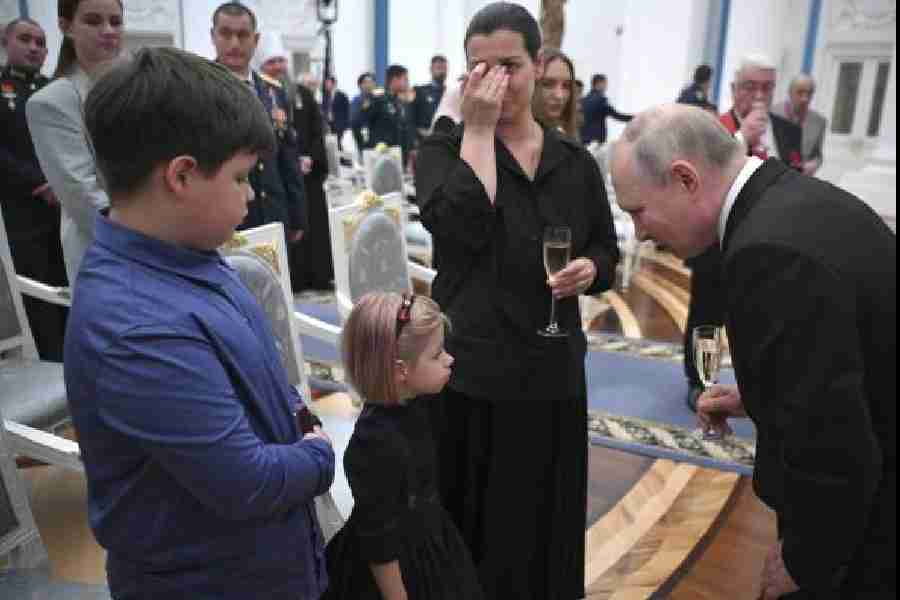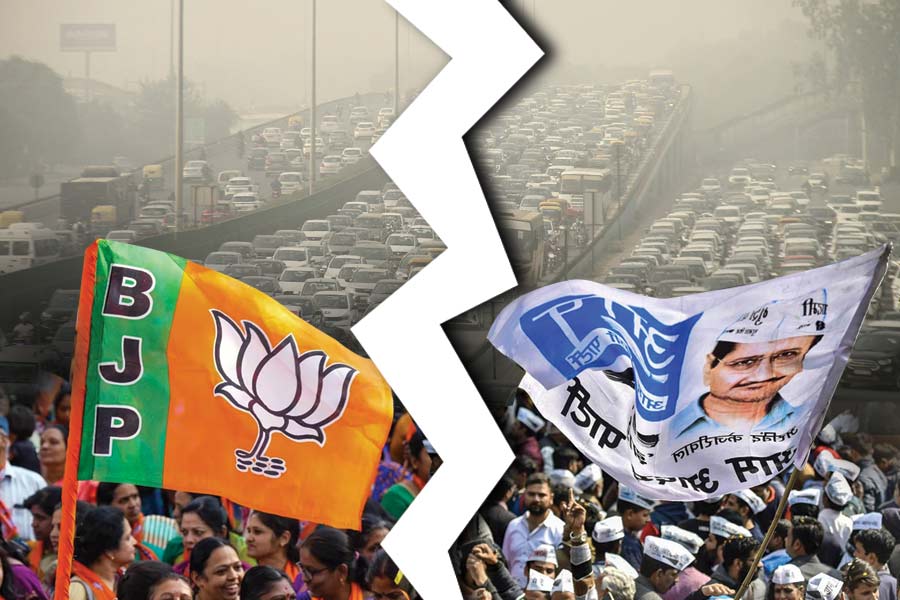He worked a throng of screaming fans in Dagestan. He hoisted a young girl onto his hip in Kronstadt. He posed shoulder-to-shoulder with seven young siblings, shaking their father’s hand after a naval parade.
President Vladimir V. Putin of Russia is newly out and about, pressing the flesh of the Russian people, in a bid to demonstrate that his years of pandemic-induced isolation are over and that his public support remains strong despite the war in Ukraine and a failed mutiny against his government.
His behaviour is a noticeable change for the Russian President, who cultivated extreme seclusion during the pandemic, forcing visiting leaders to sit at the opposite end of giant oblong tables and requiring people to quarantine for up to two weeks to see him.
The isolation persisted until well after politicians elsewhere had dispensed with such precautions amid receding fears about Covid-19. And once Russia invaded Ukraine, Putin’s distance stood in stark contrast to President Volodymyr Zelensky of Ukraine, who made regular visits to frontline positions, crowded ceremonies and cramped hospital roo
Though many precautions remain in place, and Putin hardly rivals President Biden on an Iowa rope line, the Russian leader is noticeably interacting with crowds in orchestrated appearances — portraying himself as in touch and in charge after the rebellion by the Wagner private militia suggested that he was neither.
“What about the quarantine?” a journalist called out to Putin last month as the Russian leader worked a crowd in Kronstadt. “The people are more important than quarantine,” Putin shot back.
Putin has long loathed populist retail politics, deriding the sort of baby-kissing required of American politicians campaigning for office as frivolous and vulgar.
His attempts at impromptu interaction with the Russian populace over the years have often come off as wooden or peculiar, such as when he lifted the shirt of a young boy and kissed his belly in a 2006 appearance at the Kremlin.
The Russian leader has preferred more controlled events, often inspecting production facilities and meeting with worker collectives, holding court over subordinate officials, presiding over military ceremonies or cutting the image of a rugged outdoorsman in carefully orchestrated publicity stunts.
New York Times News Service











